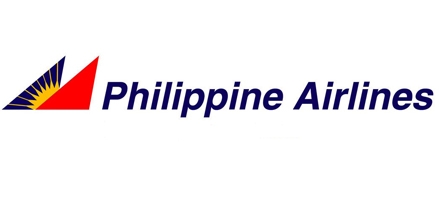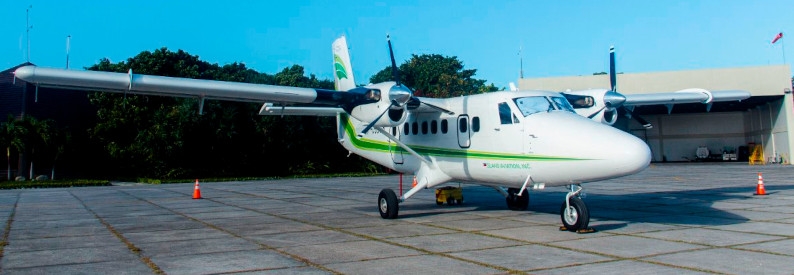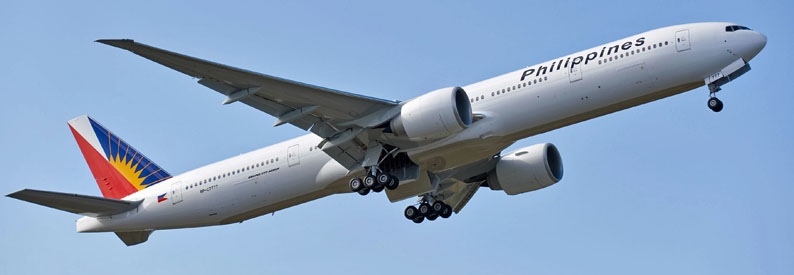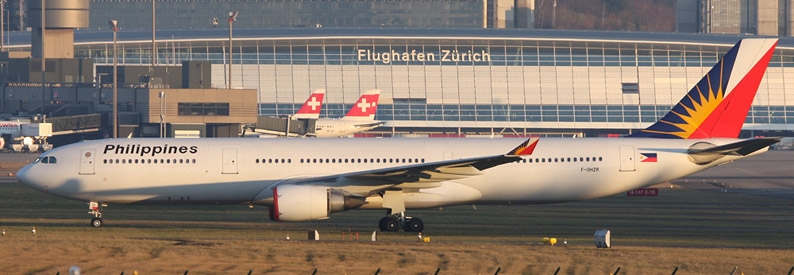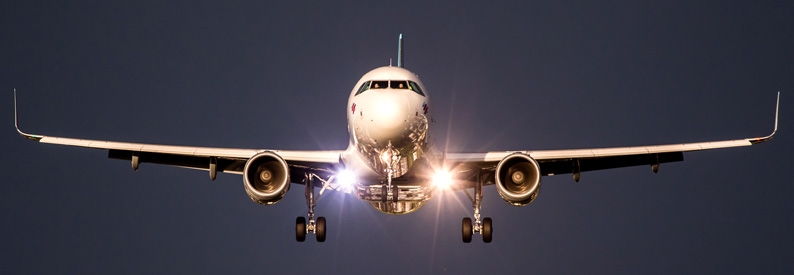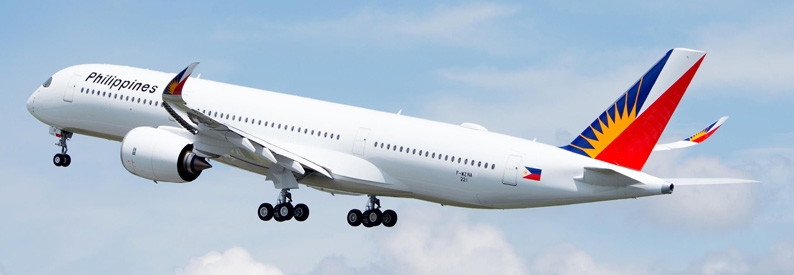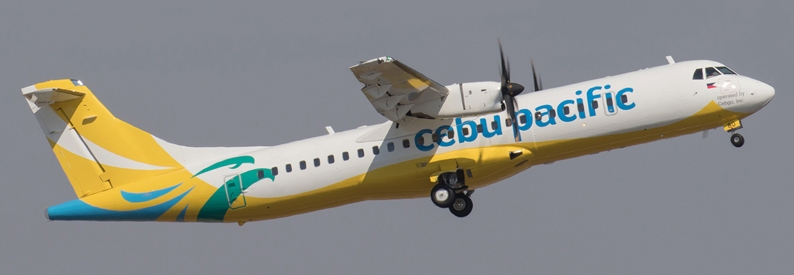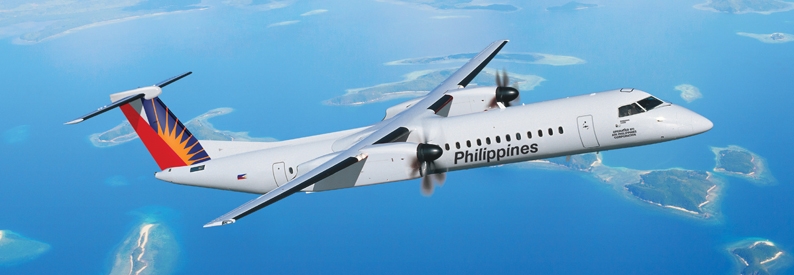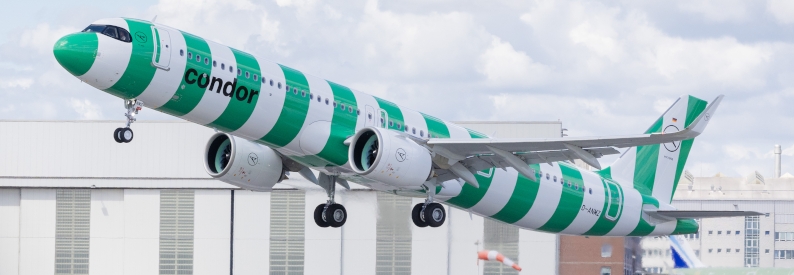Philippine Airlines (PR, Manila Ninoy Aquino International) is looking to acquire additional A350 and B777 widebodies to drive the post-pandemic resumption of its long-haul flights, but it is struggling to find any, according to acting president and chief operating officer Stanley Ng. He also said that the privately-owned flag carrier is open to new investors.
The airline maintains a positive outlook for the year, with local demand strong and China reopening, but supply-chain woes and jostling with global carriers for aircraft and spare parts are restraining growth, he said.
“If we can get more planes we can expand immediately but we can’t,” Ng told the Inquirer newspaper on May 1. “There’s a plan to finalise [new orders] but it will take two years to deliver the aircraft.”
Philippine Airlines emerged from a brief and voluntary bankruptcy process 16 months ago. It cut its fleet size during the pandemic and returned a number of aircraft to lessors - including four of its six A350-900s with the range to reach New York JFK, a destination it currently flies to 4x weekly from Manila. It also currently operates nine B777-300ERs, the ch-aviation Commercial Aviation Aircraft Data module shows, and ten A330-300s round off its widebody fleet.
Getting the A350s back has been difficult, Ng said, and the soonest new aircraft can be delivered is 2025. Buying used aircraft is also not an option given the time and cost needed to reconfigure their interiors to fit the carrier’s business model. Consequently, it will not launch new long-haul routes this year. Even broken tray tables and seat recliners cannot be fixed immediately due to supply-chain bottlenecks, he said.
Parent PAL Holdings plans to acquire ten more aircraft over the next five years, Ng said without elaborating on the types, taking its fleet size to about 80 aircraft as some older jets retire. At the moment, Philippine Airlines and domestic unit PAL Express (2P, Manila Ninoy Aquino International) operate a total of 75 aircraft, although 13 of these remain grounded awaiting return to service.
Meanwhile, the company is open to taking in new investors, with Ng saying, as quoted by The Philippine Star newspaper: “We are open [to it]. A lot of investors have expressed interest.” Feelers from potential investors have come from Hong Kong and China as well as the Philippines itself, he added.
Japan’s ANA Holdings acquired a 9.5% stake in PAL Holdings in January 2019, but during the bankruptcy process this was diluted to 4.75%, and now it is less than 1%, PAL senior vice president and general counsel Carlu Fernandez told the newspaper.
- Type
- Base
- Aircraft
- Destinations
- Routes
- Daily Flights
